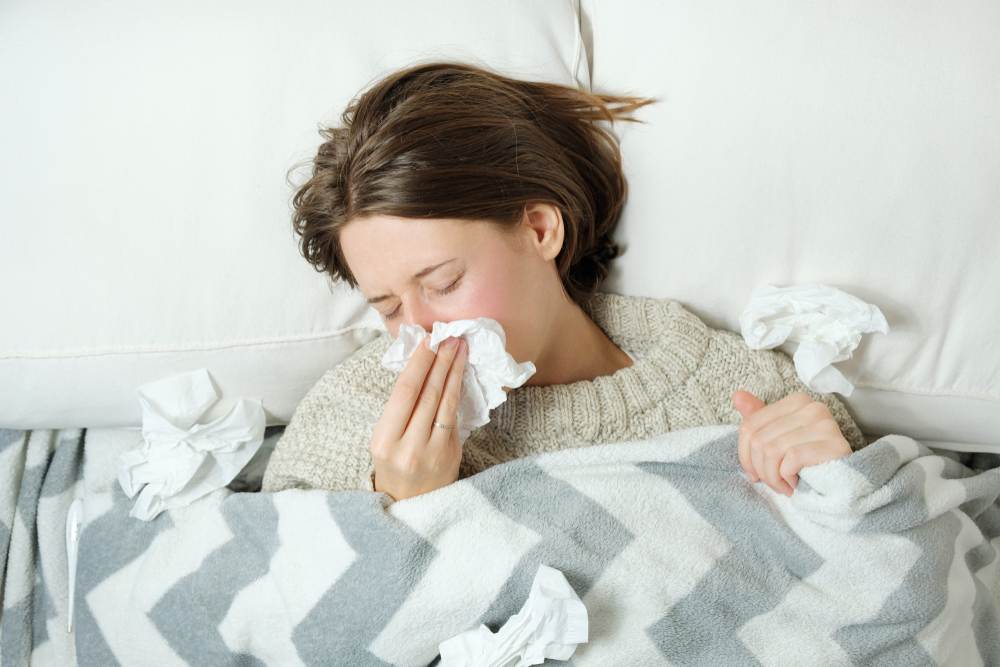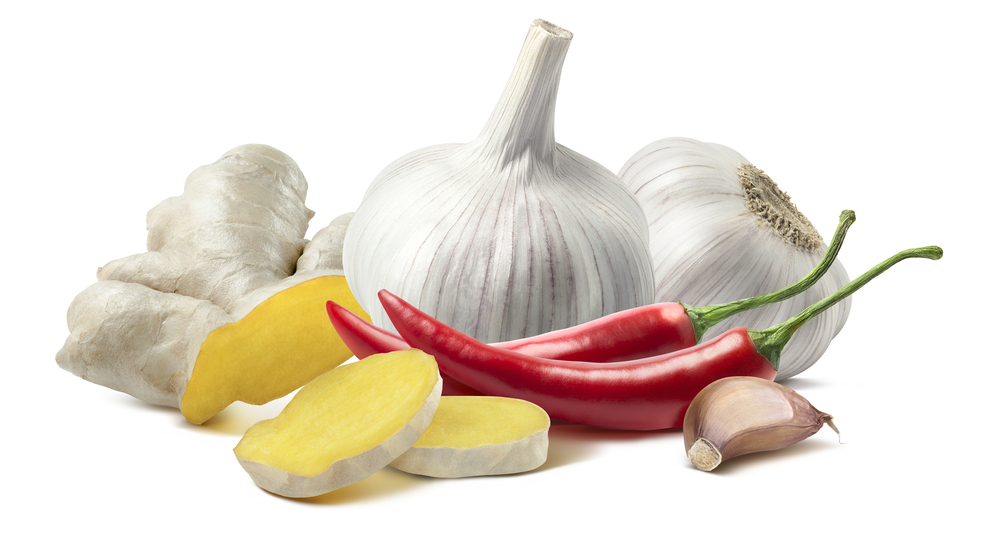Sleep & Well Being
July 2022How to Help Hay Fever at Night
Hay fever sufferers usually struggle the most in the “hay fever season” between the end of March and September, with May and June being particularly problematic. Hay fever has no easy cure, and completely preventing it is hard. There is plenty of general hay fever advice, but many people experience particular problems when they’re trying to sleep.

Why Is Hay Fever Worse At Night?
Hay fever symptoms at night often feel worse because hot air rises during the day, and carries pollen with it. During the night, the air cools and the pollen descends, with the majority of it reaching the ground between 8-10pm. You therefore need to be careful when it comes to your evening habits.
If you want some tips on how to help hay fever at night, then here at John Ryan By Design we have you covered.
Close Your Bedroom
Fresh air is great, but not during the daytime if you’re a hay fever sufferer! Get into the habit of checking the pollen forecast before you let the outside in. Close the windows and doors to your room during the daytime (when the amount of pollen is high), as otherwise it can make allergy symptoms worse when you try to sleep.
Create a Pollen Barrier
Throw a spare bed sheet over your duvet when you get up in the morning. This stops any allergens from gathering on your bedding. You can then discard the sheet when you sleep, washing it bi-weekly to remove the pollen!
Dress in the Bathroom
Pollen can stay on your clothes for hours after you’ve been outdoors. Try to keep it away from your bedroom by dressing in your bathroom (or another separate space) instead.

Dust Your Room
A vacuum can remove most stray pollen from your carpet, but a damp cloth is useful for surface dusting too. The damp causes the pollen to cling to a cloth, rather than spreading it around.
Wash Your Face
Pay particular attention to rinsing your eyes and nose before bed, as well as washing your hair. A simple shower before bed does wonders for removing any trapped pollen. An alternative would be to place a towel over your head and position your face over a hot bowl of water. This not only cleans your face, but inhaling the steam opens up your nasal passages.
Tie Your Hair Back
If you don’t want to wash your hair before bedtime, then make sure you tie it back (if it’s long). Hair tends to trap pollen particles, and you don’t want them falling onto your face in the night.

Take an Antihistamine
An antihistamine 30 minutes before you sleep can give you a more peaceful night’s rest. You could also consider an anti-inflammatory or steroid nasal spray, or eye drops, but consult a pharmacist or your GP for more specific advice.
Trap Pollen Particles
Before you sleep, try dabbing a little vaseline or petroleum jelly around the outside of each of your nostrils. This will trap any airborne pollen particles, and avoid them going up your nose.
Wash Bedding Weekly
This might seem like an obvious fix, but it’s an effective one. Wash your bedding each week at 60°C, as this will remove pollen particles, dust mites, germs and more. You should also try to dry your bedding indoors, to avoid all your hard work being undone by stray pollen particles.

Watch Your Diet
Dairy products, foods that are heavy in sugar and starch, and alcohol can make hay fever symptoms worse. Stay away from them before going to bed! Inversely, vitamin E (found in eggs and oily fish) and vitamin C (found in spices like garlic, ginger and chill, or onions) is often said to reduce the risk of hay fever, so it’s a good idea to work them into your diet throughout the year. There’s also an anecdotal theory that a spoonful of honey at bedtime has some benefits, as well as the bromelain contained within pineapples.
Wear Wraparound Sunglasses
It might take some getting used to, but wraparound sunglasses can do a great job of protecting your eyes during the night. It means there’s less chance of any pollen irritation.
When it comes to getting a good night’s sleep in the summer months as a hay fever sufferer, prevention is a better route to take than looking for a full-on cure! Another preventative measure that we haven’t talked about while discussing how to help hay fever at night is to consider a hypoallergenic mattress.

These mattresses can prove to be very resistant to potential allergens, of which the grass and tree pollen that causes hay fever is one. Such a mattress will also be a great help to people who struggle with other types of common allergy, and John Ryan By Design has a great range. Our personal recommendations for a great hypoallergenic mattress would be something like:
- The Origins Comfort 1000 – this soft feel mattress has polyester and foam fillings: both of which are great hypoallergenic options. Like all of our mattresses, it’s two-sided, which is a great help when you’re carrying out the general mattress maintenance that helps to combat the build up of allergens on the surface you sleep on.
- The Origins Pocket Reflex 1000 – a firmer alternative to the Origins Comfort that features 1020gsm of Synthetic man-made hypoallergenic fillings, making it another fantastic choice for those who are sensitive to allergies.
However, every sleeper is different. We know that, which is why we have a team of experts on hand to guide you towards a quality mattress that’s suited to your exact needs. Get in touch with our friendly mattress team and we’ll be happy to help you get a better night’s sleep.

Dreaming of the perfect nights sleep?

Ask us a question
There are over 6000 questions and answers submitted by you on all questions about mattresses and bed problems. Enter a keyword such as Vi Spring, John Lewis beds, bad back or Memory Foam and see if your question has already been answered.
If you can’t find an answer in knowledge hub, ask a new question. We aim to respond to all questions within one working day.
Newsletter
Enter your email to join our newsletter. We’ll send you occasional news and mattress expertise.
